After spending four days high in the Andes visiting Bogotá, Colombia’s sprawling capital city, I hopped on a super cheap flight over to Cartagena for the rest of my time in this beautiful South American country. From the history and culture of the capital, to a day spent visiting Cascada La Chorrera, it had already been a great trip. But it was only half over. Now I’d get to see what the Caribbean coast is like.
While both part of Colombia, Bogotá and Cartagena make quite the contrast. From the history, to the climate, to the geography, to even the Spanish (seriously…I can hardly understand español caribeño), the cities are *so* different. This made them a great combination for my week-long visit to the country.
Due to work needs, the actual time I got to explore and enjoy Cartagena was cut down from three days into really just two. This did mean I had more time to enjoy the lovely Hyatt Regency Cartagena. But…I certainly wished I could have taken a day to enjoy a trip down the coast. Next time…next time.
Lazy Day in Bocagrande
It’s funny to characterize my work day as the lazy day, but that’s certainly how it felt. After a nice breakfast overlooking the Caribbean Sea, I spent the morning holed up in my hotel suite, working through a few tasks that couldn’t wait until I arrived home from the trip. Being able to work on the go is certainly a blessing and a curse.
The next item on the agenda was getting COVID-19 tested in order to return to the U.S. This requirement was put into place between when I booked my airfare and when I actually traveled. I quickly emailed the Hyatt Regency, asking about testing centers. It turned out to be just as easy to obtain a COVID-19 test abroad as it is locally. You can read about my testing and return travel experience separately.
More work filled the afternoon, although I did take an evening jog out along the surf, enjoying the sun and warmth. Travel for me when solo is usually fast and furious, so it was (sorta) nice to take a break from things. I always feel like I’m missing out, though. I love exploring new places. The goal is to not exhaust myself by the end of the trip, but still get close.
I went to bed early. I’d have the whole next day to explore.
Castillo de San Felipe de Barajas
There are two spots that serve as great vantage points for seeing all of Cartagena. The first is Castillo de San Felipe de Barajas, the fort overlooking old Cartagena. The second is Convento Santa Cruz de la Popa, perched up on top of Cartagena’s tallest hill. Given that I wanted to explore Getsemani and La Ciudad Amurallada (The Walled City), I figured I’d start at the Castillo and work my way into old Cartagena on foot.
Taxis are cheap, and you can reliably find them. This makes getting around Cartagena quite easy. The driver made sure that I indeed wanted to visit the fort. He seemed slightly surprised. Given that it is an important piece of history, it is certainly appealing to me as a foreign tourist. He said no more about it.
When I arrived, I got my first taste of what would color my entire time in Cartagena: the pushy street salesmen. You cannot escape them. They will chase you down relentlessly, trying to sell you a hat, sunglasses, or one of several other things you obviously need. Not wearing a hat in the Caribbean sun meant that I surely needed one. The hat salesmen were the worst. One was waiting for me literally outside the door of the taxi while I pulled out some pesos to pay the driver.
I got good at keeping them at bay. The strategies varied from playing dumb (i.e. this gringo doesn’t understand Spanish), looking them straight in the eye and giving them a forceful, “no, gracias,” and trying to evade any that addressed me in English. The ones that spoke decent English were the worst. They would seek to build rapport on that shared fact. Spanish could be nearly as bad, though. I typically got comments about how good my Spanish was as the conversation starter.
Anyway. Back to the castillo. I held off the salesman long enough to slip into the empty queue to visit the old fort. It has a nominal entry fee. I was offered the services of a guide, but declined. It’s not that I don’t like tours. I really like tours. I just felt like exploring alone this morning, and I also wanted to be able to escape and leave on my own time.
Castillo de San Felipe de Barajas is a cool fort to explore. Built on a small hill overlooking the walled city to the west, it feels like it’s on the wrong side of Cartagena. It would make for decent protection of the harbor and from a land invasion, but Cartagena still faced the sea. The cannon would have needed to fire over the city to hit ships out in the Caribbean. Not sure if/how that would have worked in the 1500s.
It’s a bit of a hike to the top of the fort, but the top is where you can enjoy seeing the old cannons plus excellent views of Cartagena. The view of the old city is better from the fort, as it’s much closer than the Convento.
There are a number of plaques detailing the fort’s history. You can visit the whole place fairly quickly, as not much of the interior is open to explore. There are a few tunnels. Otherwise, you’re can wander around on the battlements. There is a small souvenir shop at the top as well.
Time for an Arepa
Descending from the centuries-old edifice, I made my way into Getsemani, the neighborhood between the Castillo and La Ciudad Amurallada. It’s an interesting place to explore, with some lovely, quiet side streets and a good amount of street art. I grabbed a cup of coffee, giving Juan Valdez Café a second (and likely final) chance. Colombia may grow good coffee, but the country sees little of it. The A/C was the real treat after spending nearly an hour in the sun.
The arepa I bought from the Colombitalia kiosk a block further soon purged the disappointing coffee from my mind. It was downright amazing. Some of the shops were just getting going for the day, but the arepería was already handing out their masa-enclosed goodness.
Heading across the street, I passed Café Havana, a popular tourist spot, and one recommended on the Hyatt Regency Cartagena website. I didn’t return in the evening, choosing a different restaurant-bar in The Walled City that looked like a better experience.
I took in the street art as I ate. There are quite a few murals on some of the side streets in Getsemani.
I wandered a bit further to the church on Plaza de la Trinidad and finished my morning snack in the quiet square. There were a few people seated on a bench and a handful of others milling about, none of them tourists. I had yet to see another obvious foreigner outside of the airport and the Hyatt Regency. I could get used to this travel experience.
I continued my exploration of Getsemani, eventually wandering back to the main road and Parque del Centenario. I headed north, turning the corner toward La Ciudad Amurallada. Suddenly, I found myself passing a row of bookstores. The kiosks were an unexpected sight. Of all the things that are generally sold open-air, books don’t top my list.
I headed around the park, back to the other side of the plaza adjacent to the harbor. Here you can find two cool Pegasus statues.
Finally, I found myself facing the Torre del Reloj, the gate leading into La Ciudad Amurallada from the southeast. Dodging the street salesman hiding just inside, I enjoyed my first peek into The Walled City.
Old Cartagena: La Ciudad Amurallada
If there is one thing I love, it is wandering a new city on foot. Wandering an old city on foot with as much history and beautiful architecture as Cartagena? That is an absolute treat. The old city is listed as a UNESCO World Heritage Site for good reason. It’s wonderfully preserved Spanish colonial buildings are the highlight. I zig-zagged the streets for most of an hour, enjoying the homes, churches, and small plazas scattered through the city.
Eventually, I headed out to the old city wall. Built to protect Cartagena from pirates and the pesky British, the fortifications have stood the test of time, albeit they’ve been repaired often. The original wall facing the Caribbean was once right on the sea. There wasn’t the boulevard you’ll see now. The walls stretch all around Old Cartagena, providing its name: La Ciudad Amurallada.
There have definitely been some changes. No one predicted cars.
Heading back across the city, I was ready to get off my feet, at least partially. I enjoyed a cup of fresh juice from a plaza bench and then headed toward the city museum.
History, Museums, and Culture
The History Museum of Cartagena is located facing Parque de Bolívar. What I didn’t expect was the Spanish Inquisition Museum that it contained. No one expects that. But it was honestly the better part. The Inquisition Museum takes up most of the first floor, while the city museum, including some interesting pre-Cartagena history, is on the second. You will need to be able to read Spanish reasonably well to enjoy both (although the Inquisition Museum is easier in that regard).
An Inquisition Tribunal was present in Cartagena for well over 100 years. Interestingly, they only executed three people, far fewer than the tribunals in other American regions. But what is a museum about trial and torture without a guillotine?
Old Cartagena contains a few old churches. I wasn’t able to enter any, as none of them appeared open to visitors, which was a bummer. The Catedral de Santa Catalina is the finest, in my opinion. At least from the outside.
I enjoyed lunch in the Old City and then wandered the streets some more before heading back to the Hyatt. Some other highlights include Ábaco Libros y Café, La Plaza de San Pedro de Claver (church pictured above), and the souvenir shops of Las Bóvedas.
Evening in La Ciudad Amurallada
I almost succumbed to the comforts of the hotel that evening. It took everything in me to head back out. But this was my one remaining chance to see La Ciudad Amurallada at night! And I’m glad that I did.
A taxi took me to the Torre del Reloj once more, where I was immediately struck with how busy the old city was compared to midday. There were far more people out and about. Given that this was during COVID-19, I doubt the experience was anything close to what a busy Cartagena evening actually looks like. Everything is relative.
I wandered several blocks, taking in the nighttime street views, ending at Alquímico, an upscale three-floor bar. While I had hoped for rooftop views in the warm Caribbean breeze, the ambiance was far better on the first floor, and I found a seat downstairs.
This was ultimately for the best. I enjoyed two of Alquimico’s signature cocktails over a bowl of excellent ceviche, engaged in a great conversation with the bartender. He was from Bogotá, and had come to Cartagena to get away from the capital and enjoy a different pace of life. He definitely seemed to know his craft. The second drink he made me, La Inquicision, is one of the best cocktails I’ve ever had. The balance of sweet, spicy, salty, and sour is exquisite. He noted it is their most popular cocktail. I highly recommend you give it a try if you visit Cartagena!
I walked across the old city to the Plaza de San Pedro Claver once more, sitting for a little while and just enjoying the evening. But it had been quite a day. Soon I hailed a taxi and headed back to the Hyatt Regency, quickly falling asleep.
The Hilltop Convent
My final day in Cartagena started much like the first, from a high vantage point. This time I took a taxi all the way to the top of the city’s tallest hill, where the Convento de Santa Cruz de la Popa is perched. The taxi driver insisted on waiting for me. He told me this is necessary when they bring tourists up to the convent. I’m not sure I believe him, but the final rate he charged me (~$22 USD) for the ride both ways and as long as I stayed was reasonable enough, considering I stayed about 40 minutes.
You have to pay a nominal entry fee to visit the convent. It’s not that large, but the interior cloister and courtyard are lovely, and there is some nice art on the inside. There are a few other odds and ends, including a collection of Latin American currency.
The views of Cartagena are the best part. You can see out over the bay, Bocagrande, and the old city. If you take a peek out the other side of the convent, you can see about half of the Cartagena airport.
You’ll have trouble dodging the street vendors even up here. Several accosted me as I left, and there are some covered shops off to one side. The price gouging was turned up to maximum.
Wrapping Things Up
I had the taxi drive drop me off in Getsemani where I retraced my steps to the arepería for a reprise of my snack the previous day. From there I headed into La Ciudad Amurallada once more. I’d spend a couple hours here, enjoying the beauty of the colonial houses.
One of the street vendors struck up a conversation with me while I sat in a small square. He was friendly and obviously looking to make a sale, but I didn’t care. We talked about tourism and the effects of COVID-19. I eventually bought a bracelet from him, the ~$7 USD I paid him likely being way too much. That exchange was hysterical. He acted like he was the one being mistreated. But I stuck to my offer. It took me handing the item back and starting to walk away for him to accept.
Haggling is something I don’t enjoy and don’t do well, which means I try to avoid it. I try to peg the price I’d actually pay for something and then only budge a little. Culturally, this may get me into trouble someday.
Most of the streets were quiet this morning, at least away from the Clock Tower gate into the city. I wandered all the way to the north again, circling around to the southwest corner.
At the suggestion of an Uber Driver in Bogota, I decided to eat lunch at Crepes & Waffles. The Colombian restaurant chain isn’t something I would normally pick, but he seemed so keen on it. I’m glad I did! The crepe I ordered was delicious. Their location in the Walled City seemed very popular.
I said goodbye around 1:00 PM, heading back to the Hyatt Regency and grabbing my bags. I wanted to have plenty of time before my 5:00 PM flight to make sure everything was in order. It did take a while to check in at Cartagena Airport. My COVID-19 test results had been returned just a couple hours earlier. These, along with the Check-Mig immigration form, were what I needed to exit the country. Miami, here I come!
Overall Thoughts on Colombia
What can I really say to sum everything up? I had a blast during my week-long adventure in Colombia. Almost everyone I encountered was super friendly and welcoming, something that is common to most Latin American countries I’ve visited. However, Colombia stood out to me. I had great conversations with Uber drivers, hotel staff, my Bogotá tour guide, the park guide at Cascada La Chorrera, and people on the street. Having a conversational grasp of Spanish really helped.
It’s hard to decide whether I prefer Bogotá or Cartagena, given how completely different the two cities are. But I think I’d lean to visiting Bogota if I only had to pick one. I can’t get over it’s awesome mountain setting. The old city of Cartagena is certainly a gem, though.
There is plenty more to see in Colombia. I barely scratched the surface. I’d love to return and visit Medellin and Guatapé. Santa Marta was suggested to me while in Cartagena. It looks like a smaller version of the colonial city, without walls but with much nicer beaches! I’ll be back, next time with the kids.





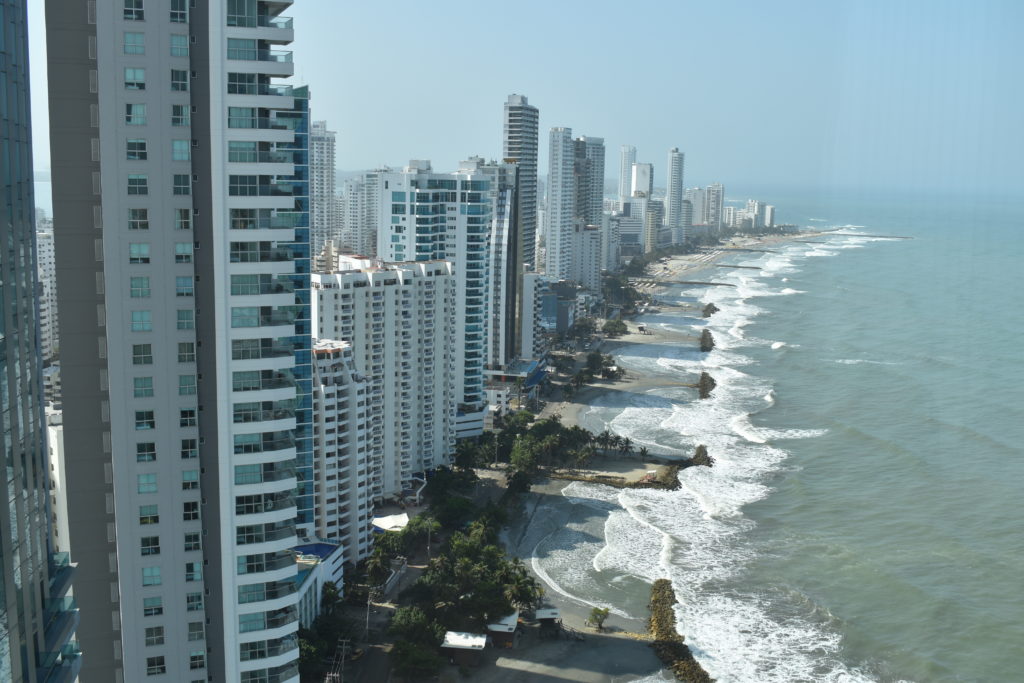
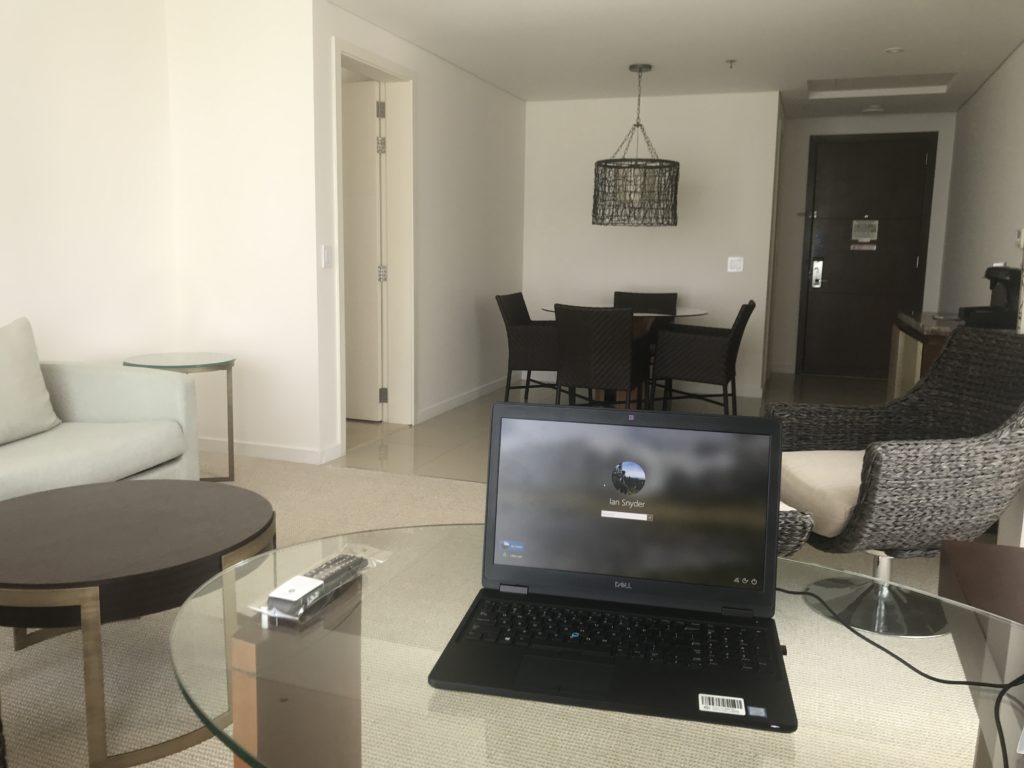
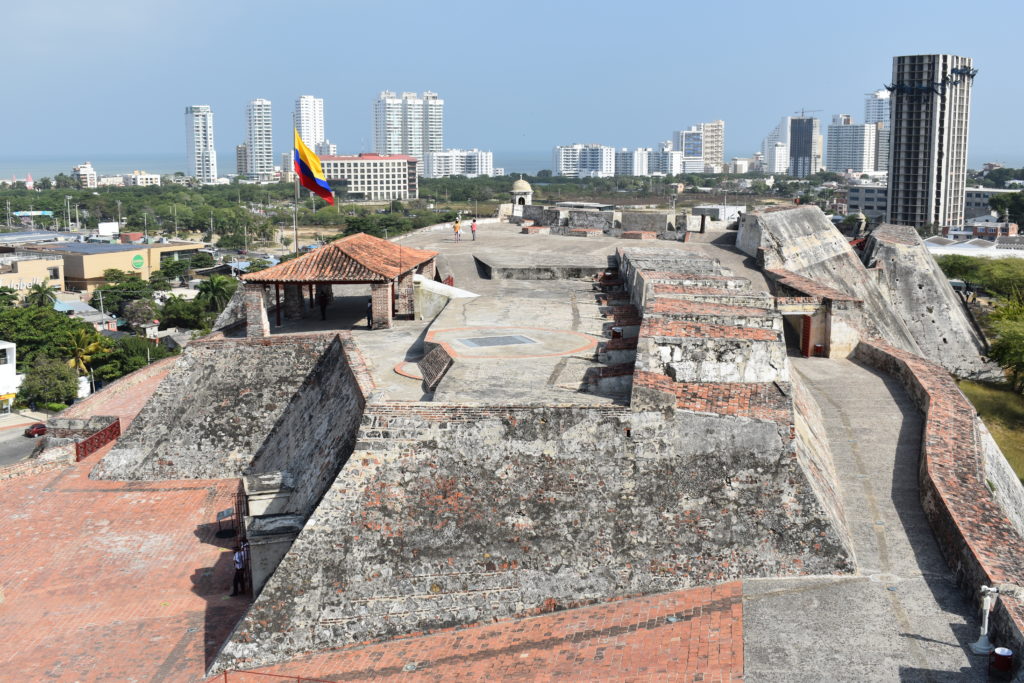
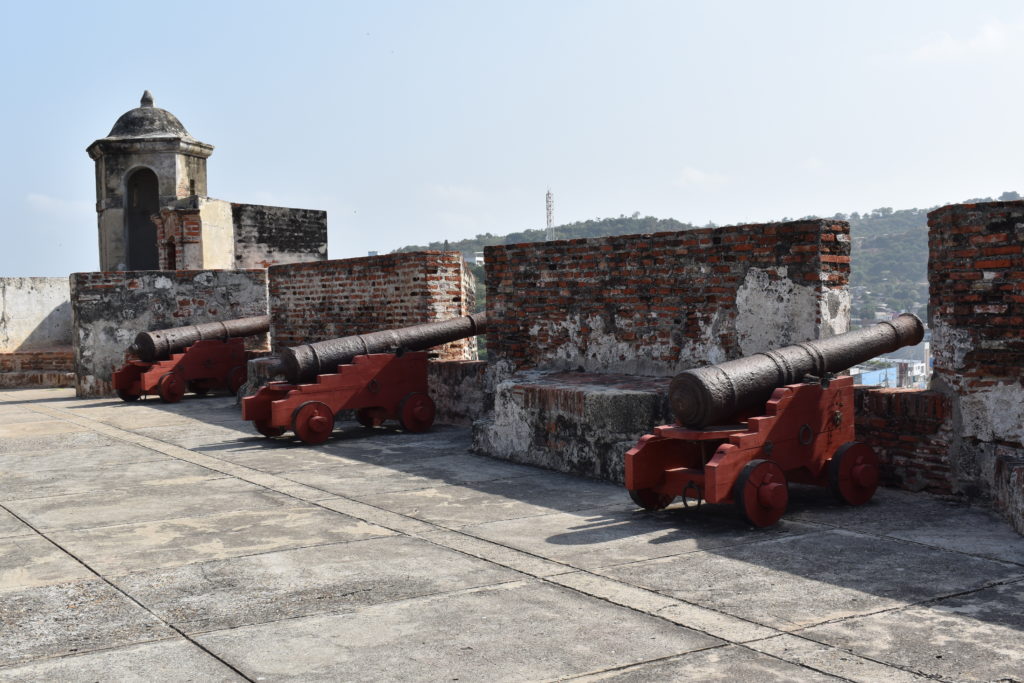
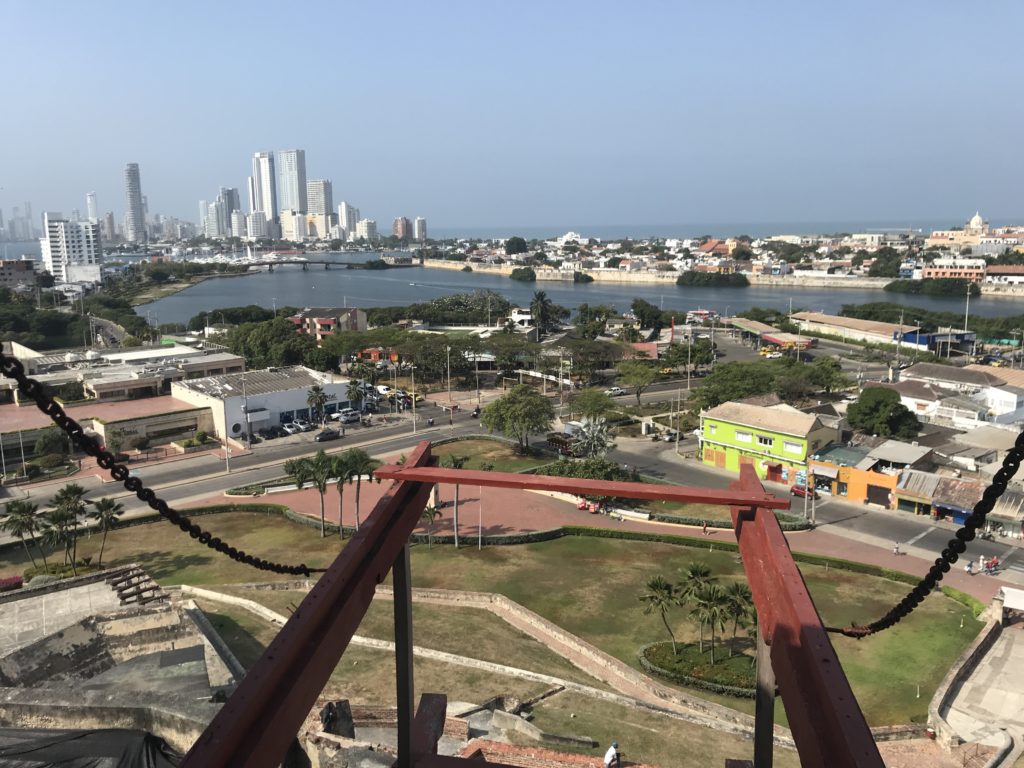
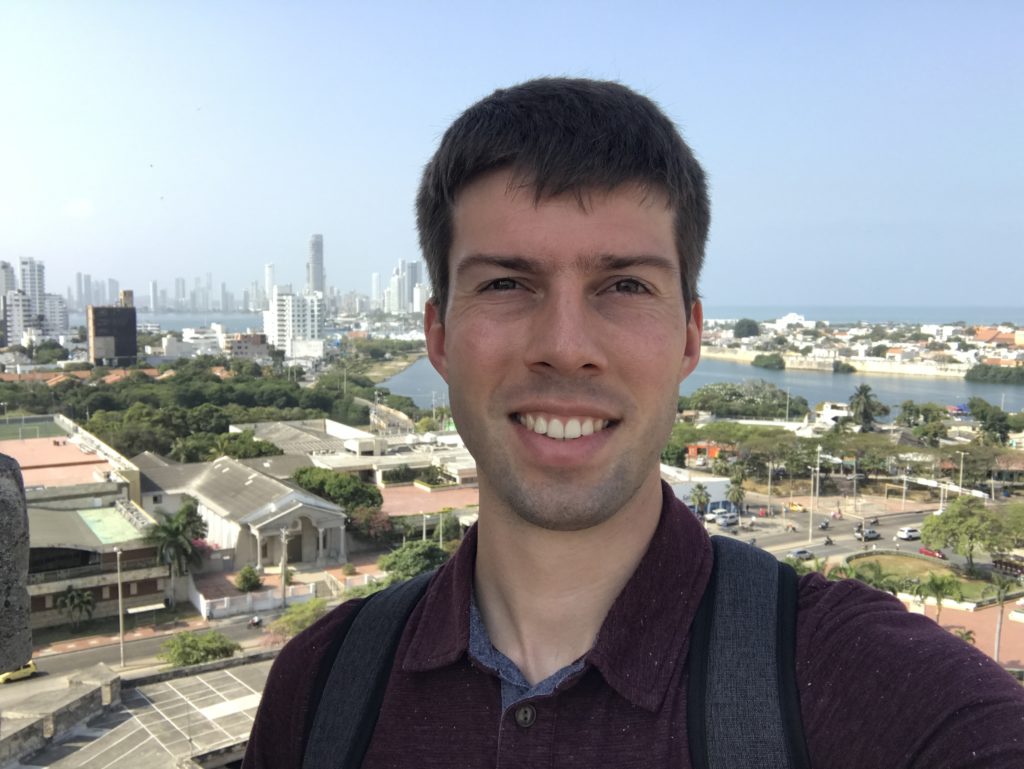
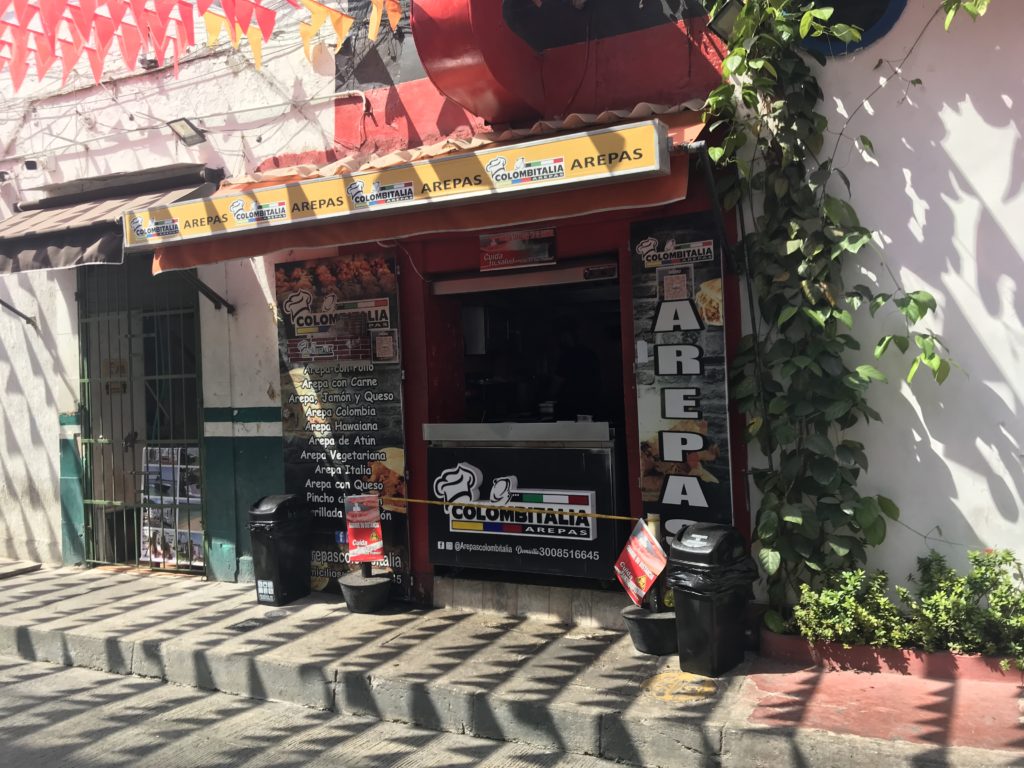
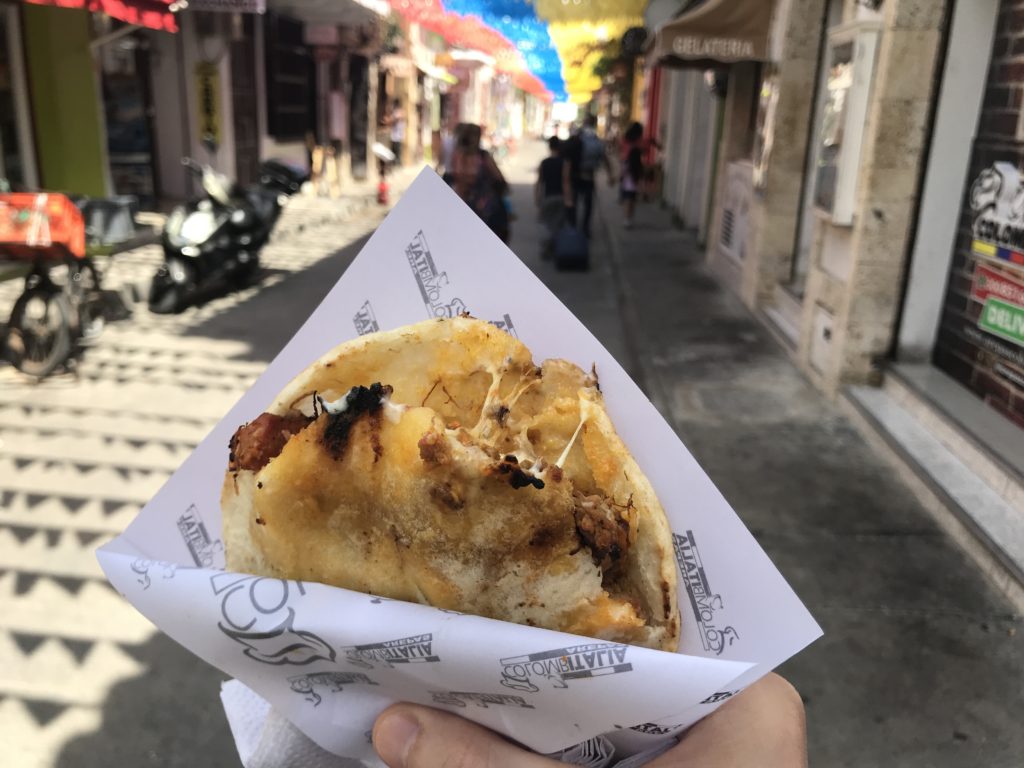
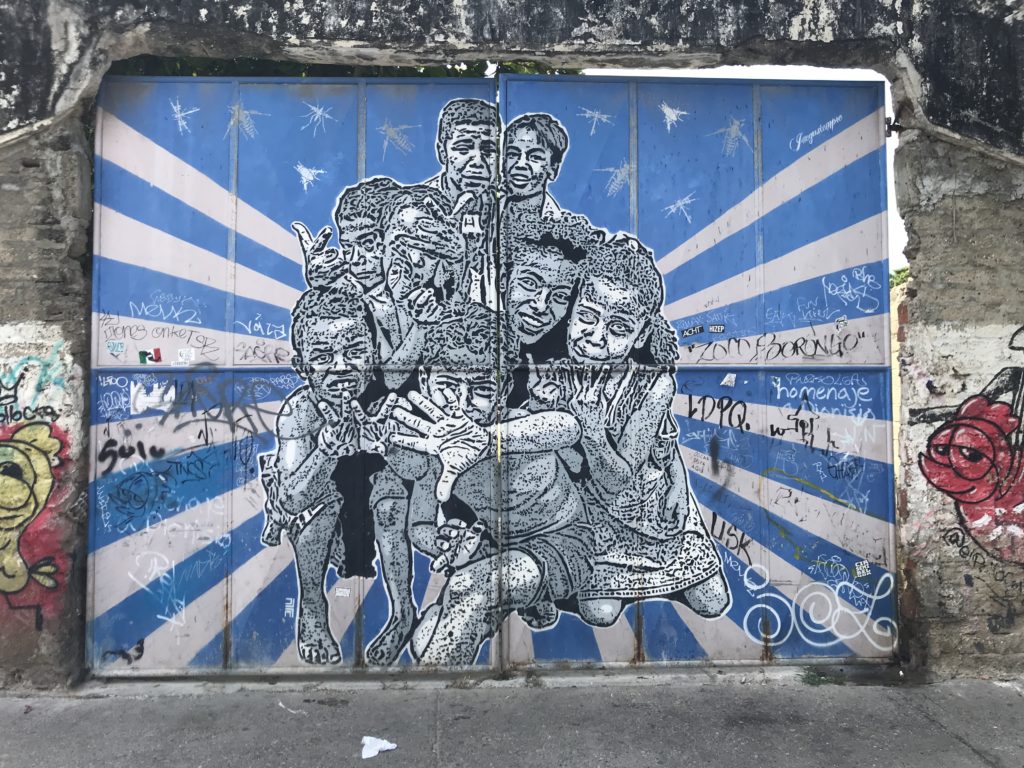
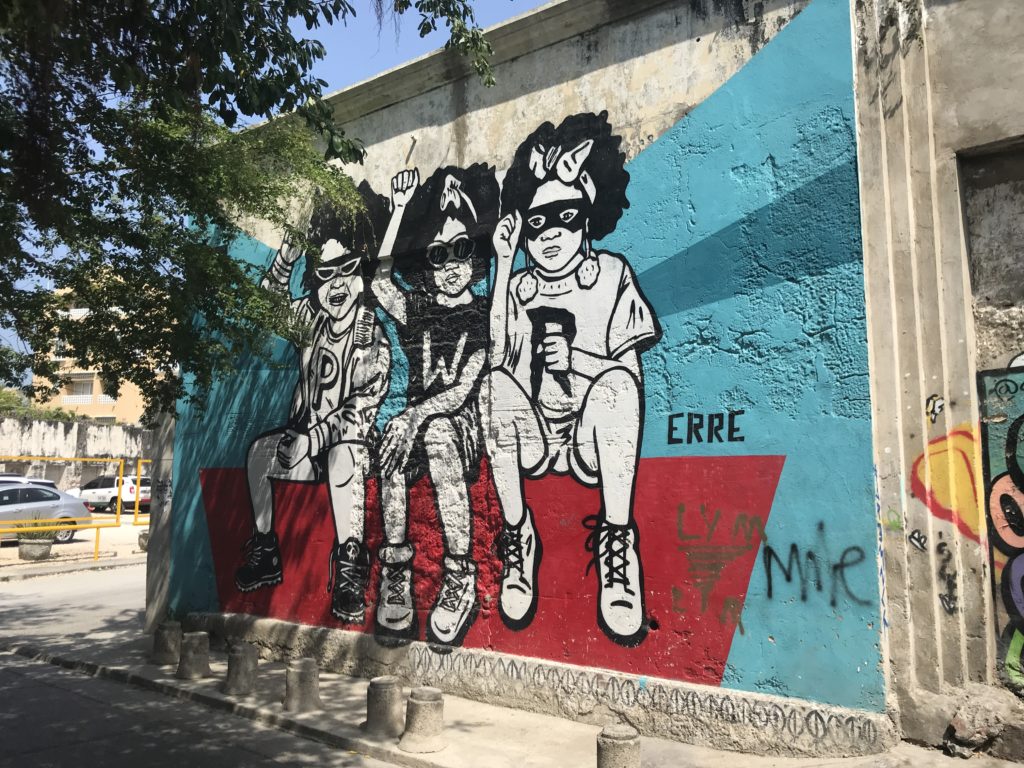
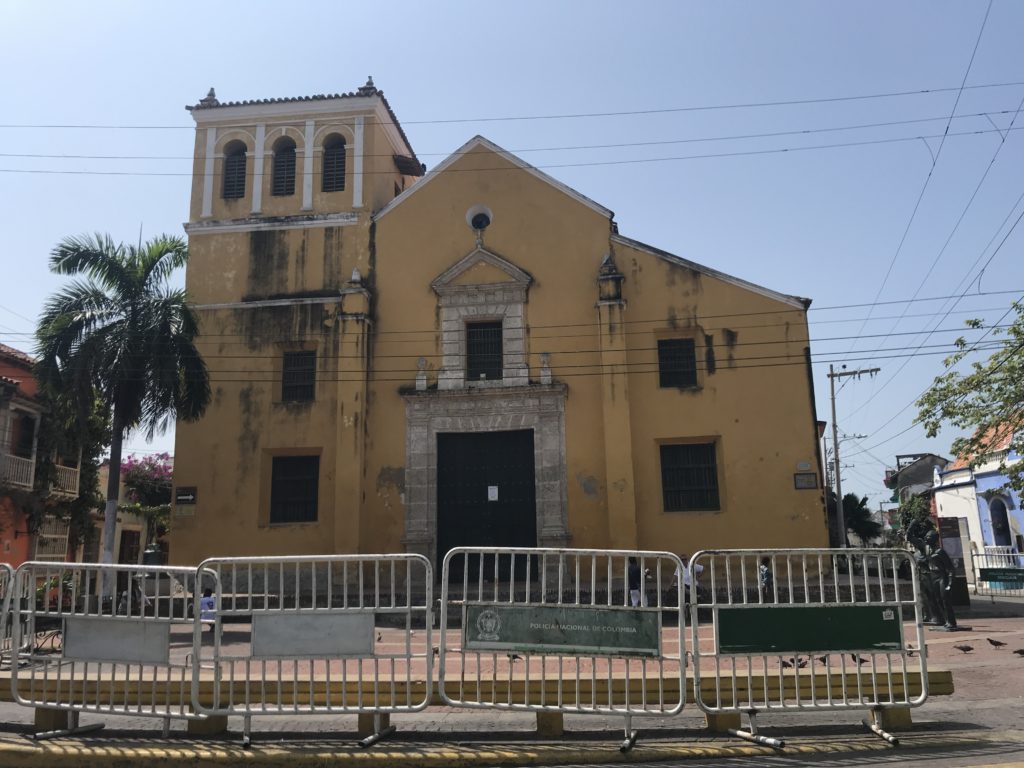
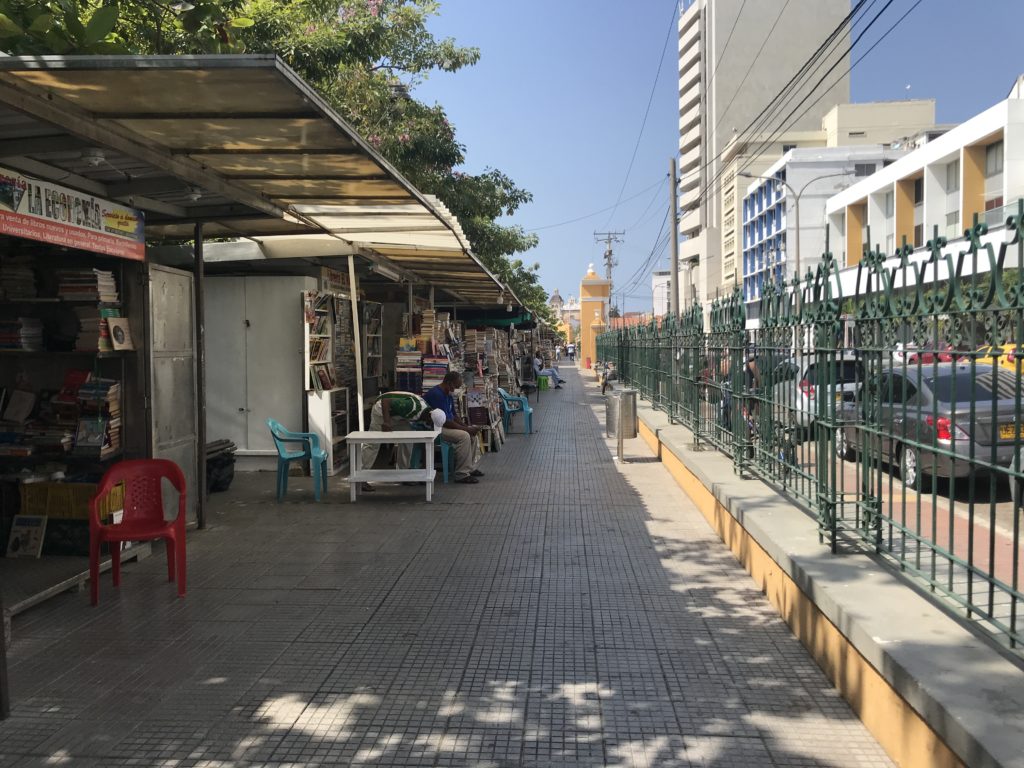
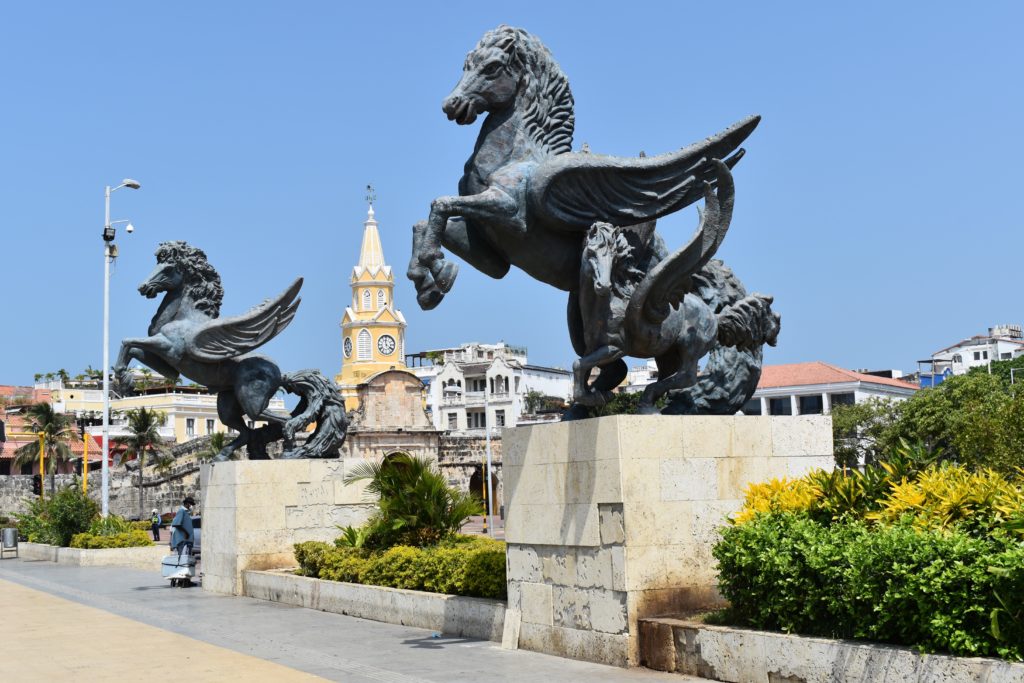
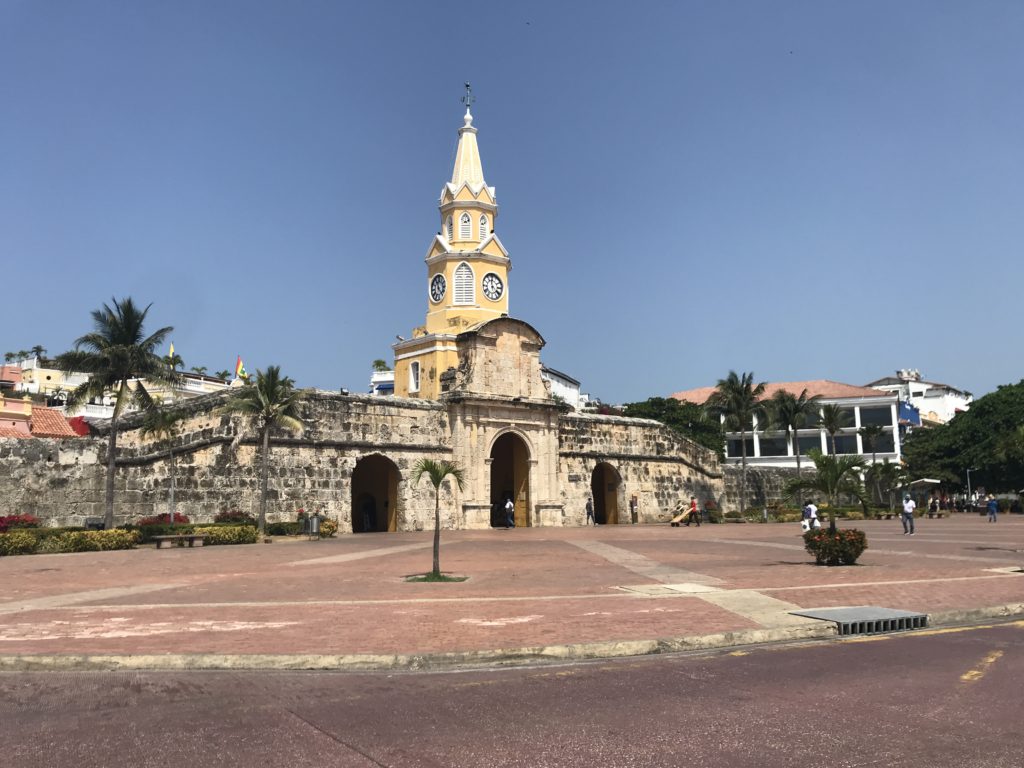
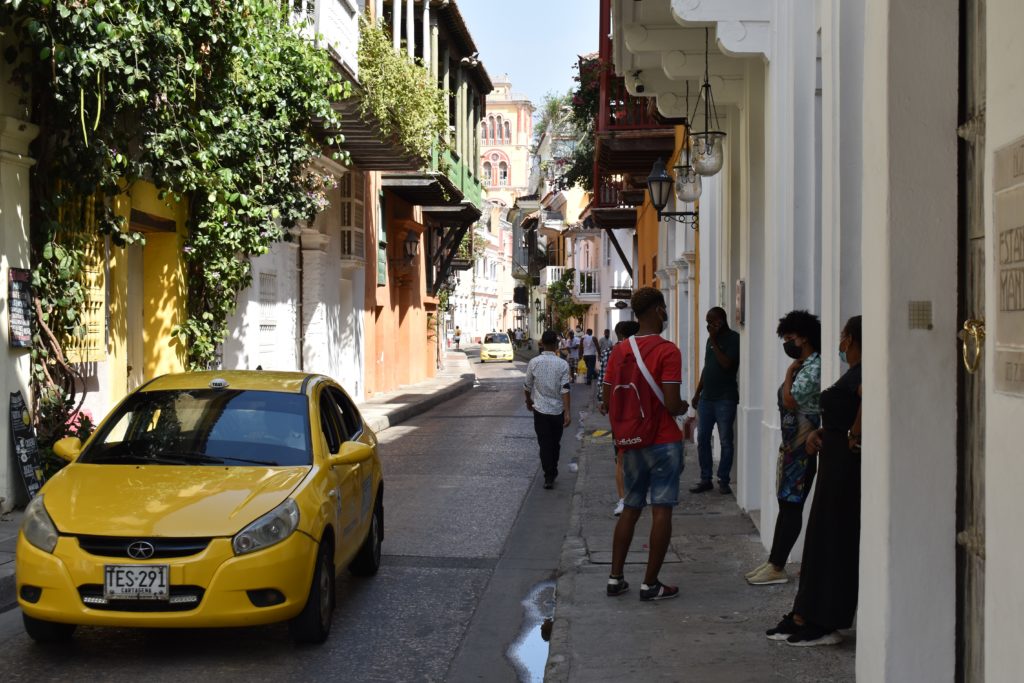
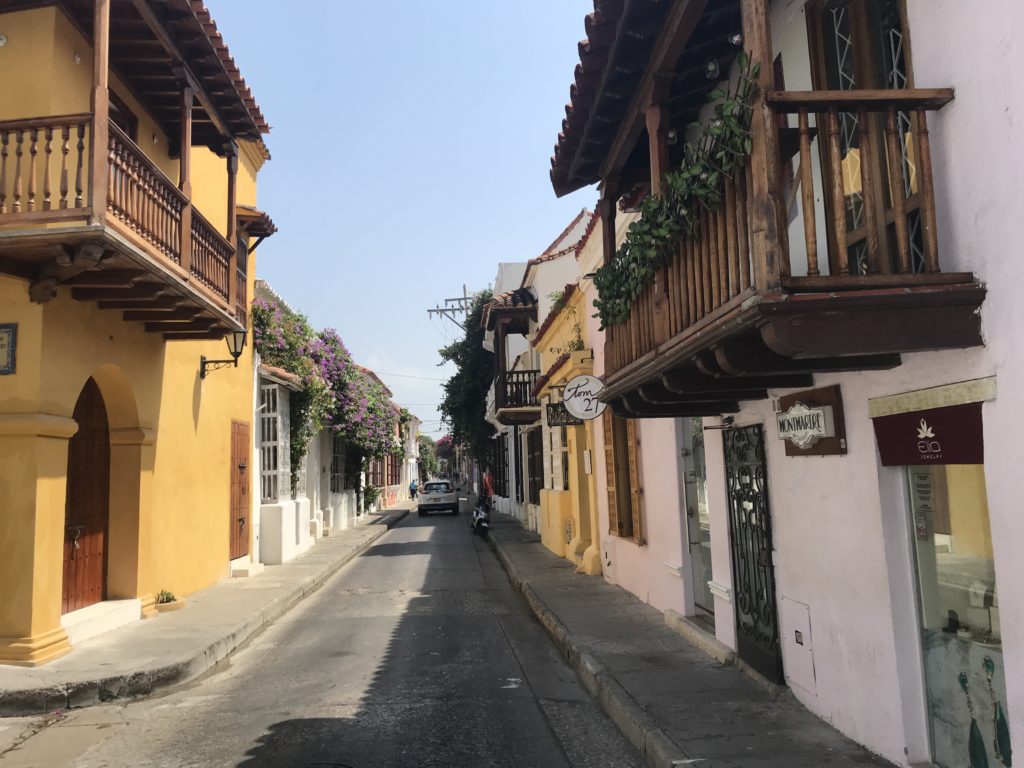
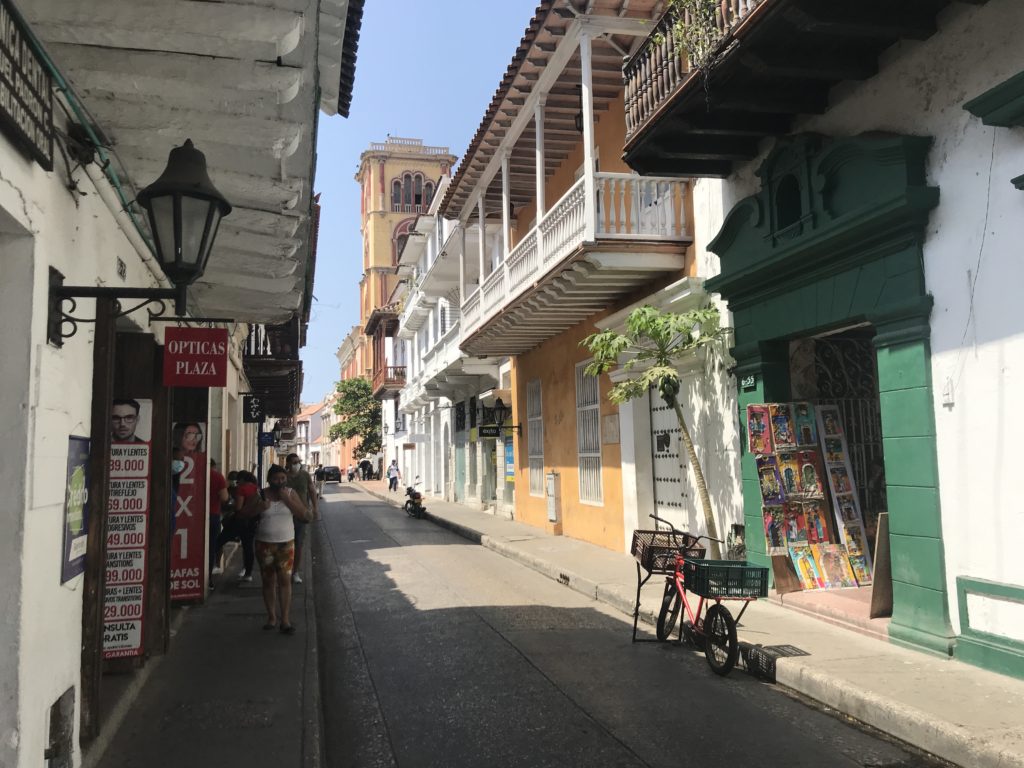
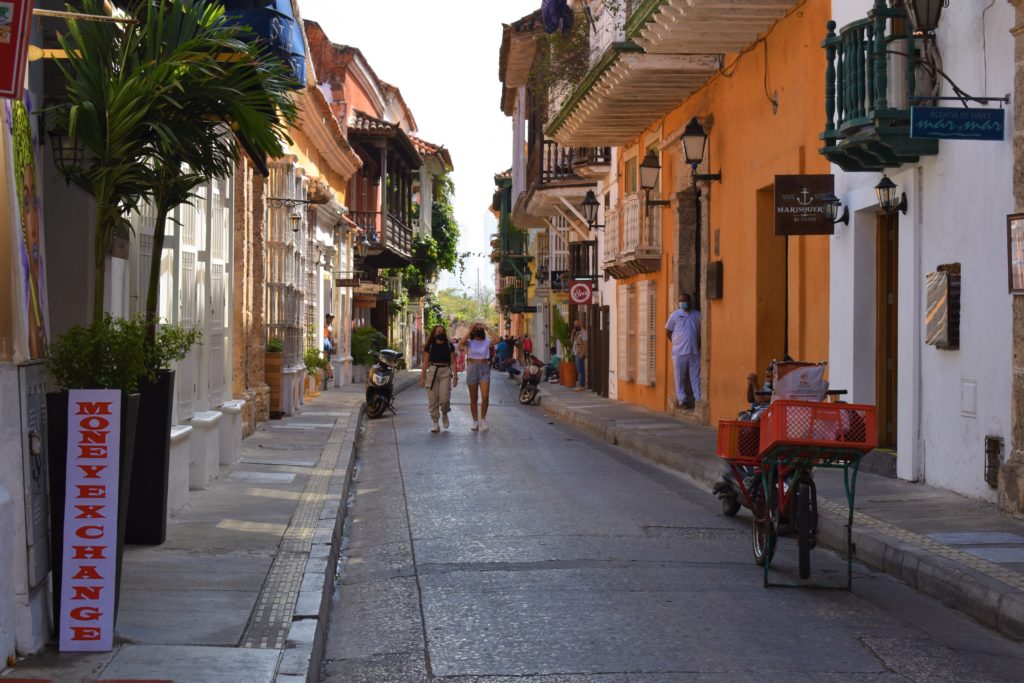
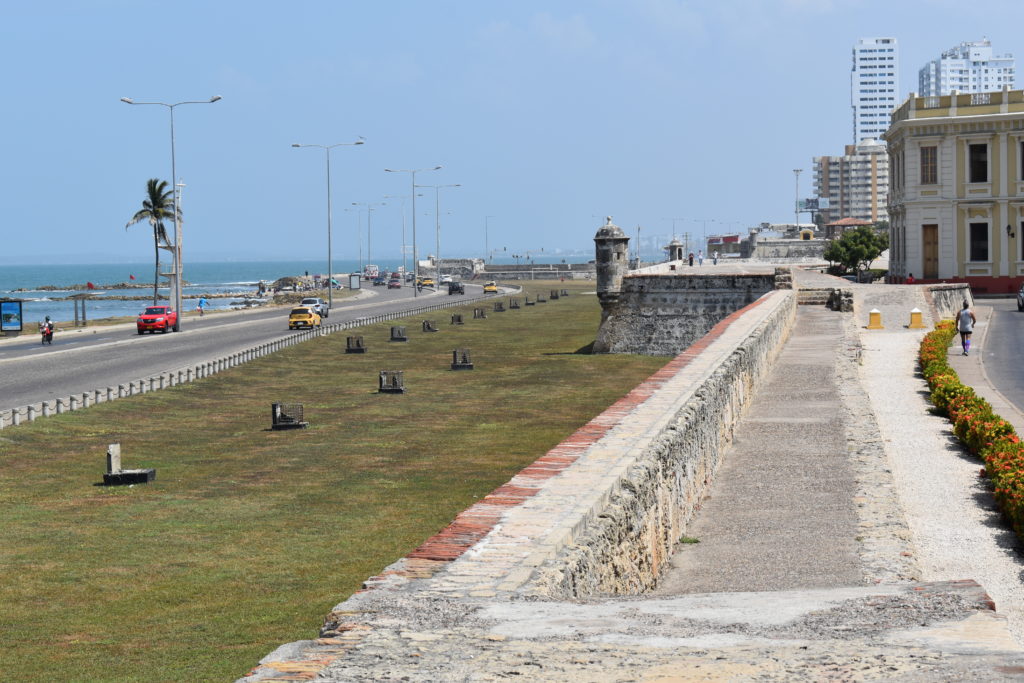
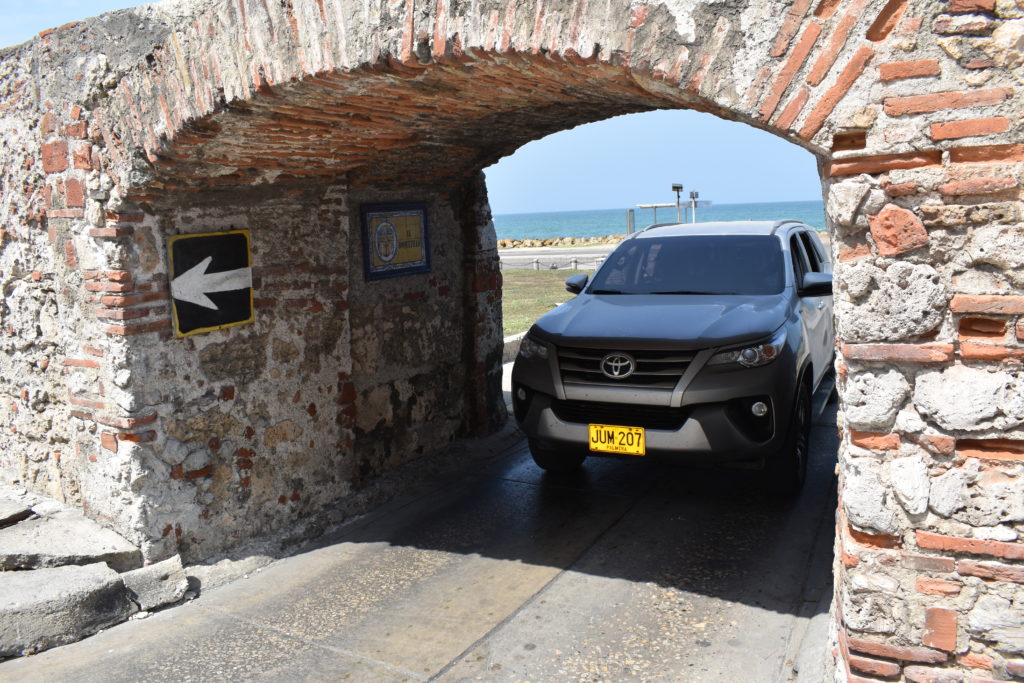
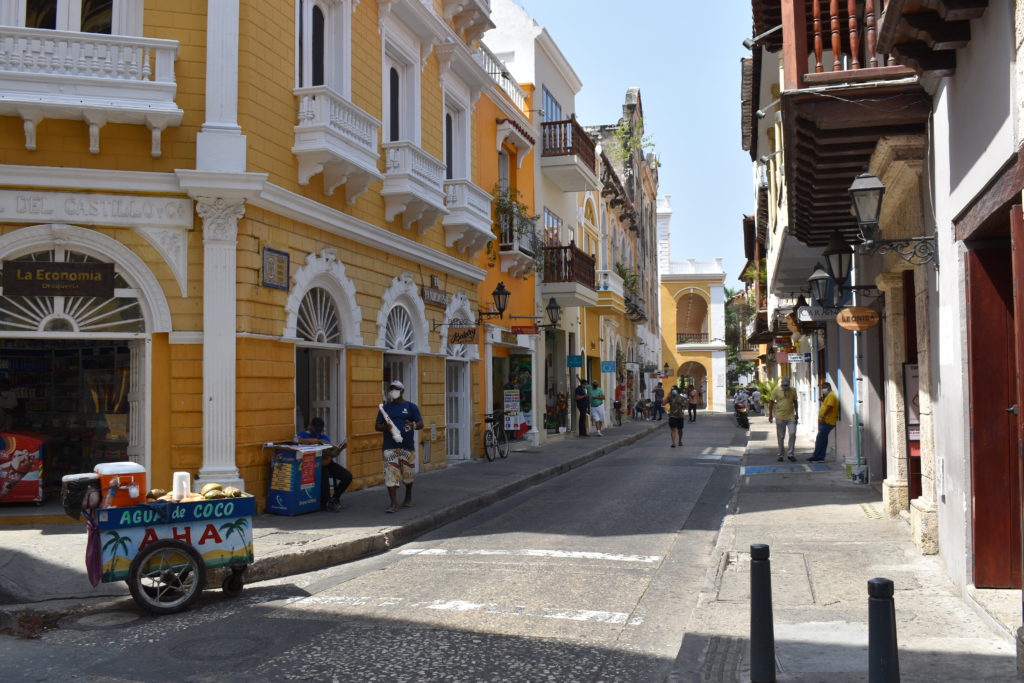
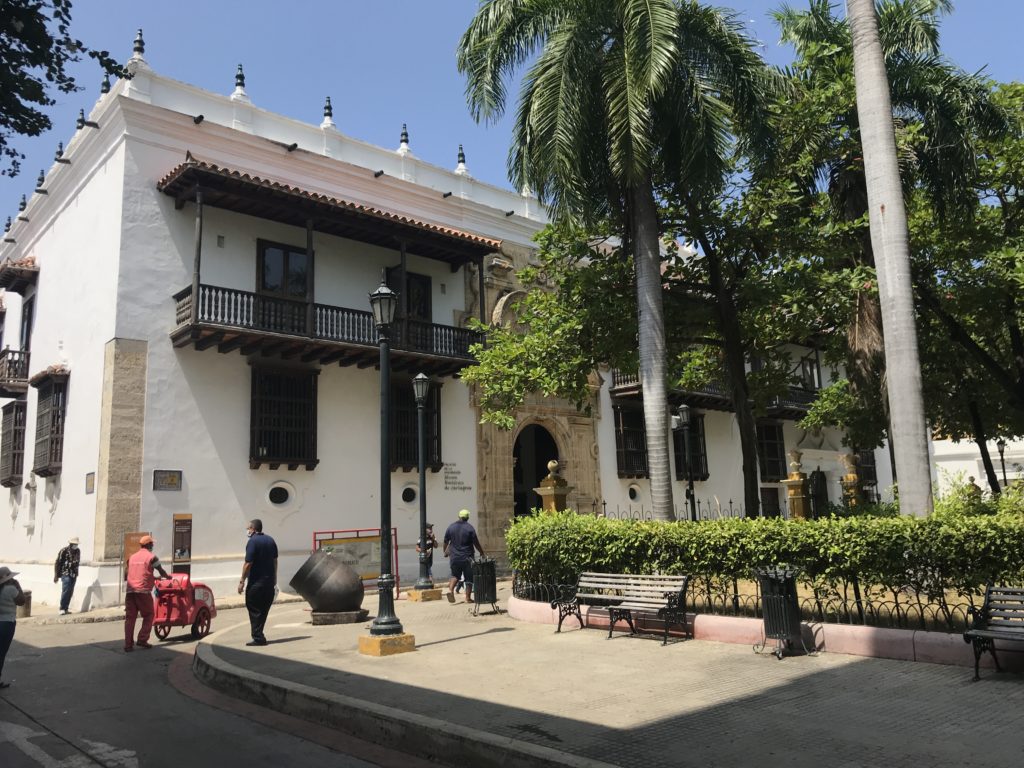
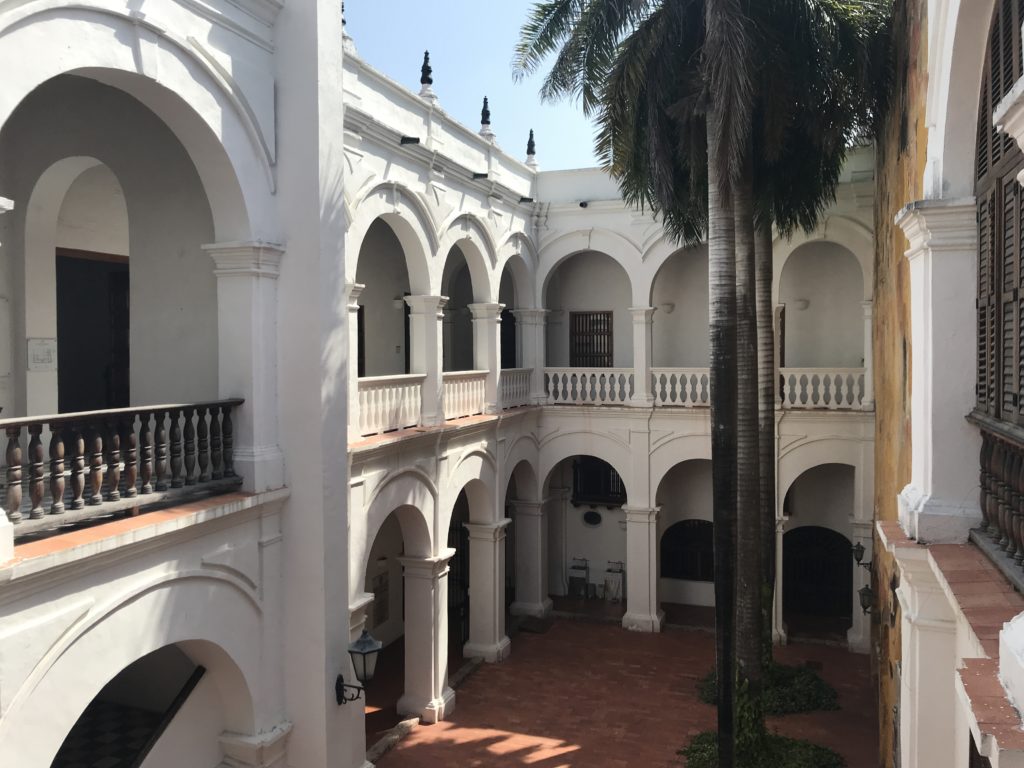
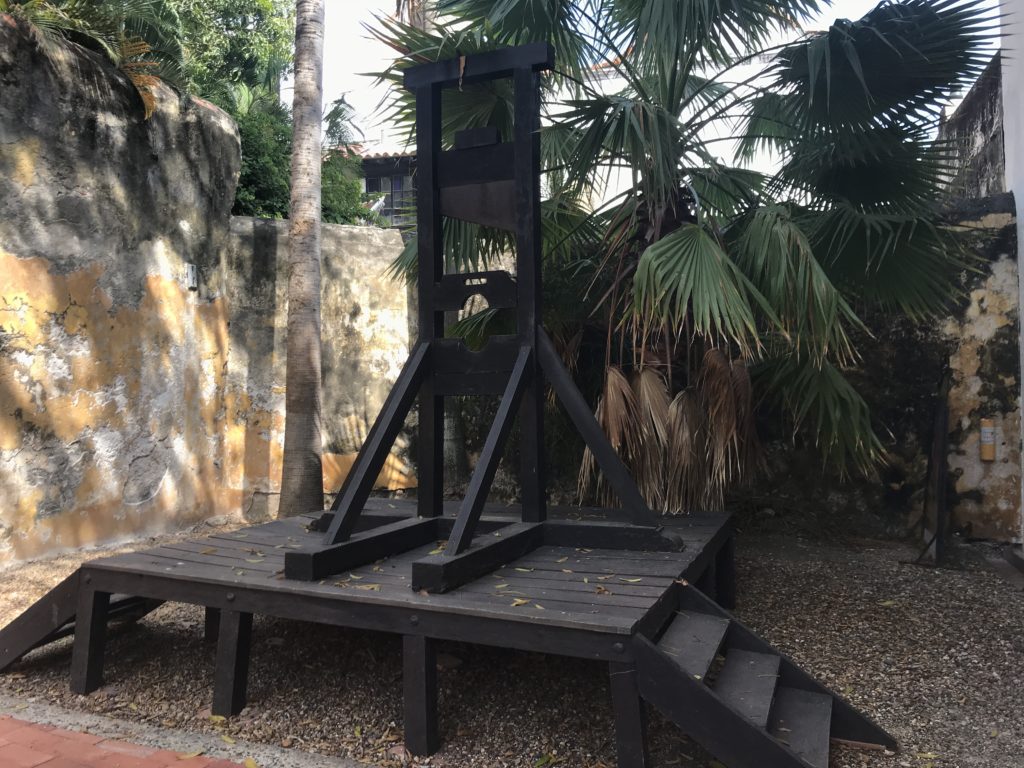
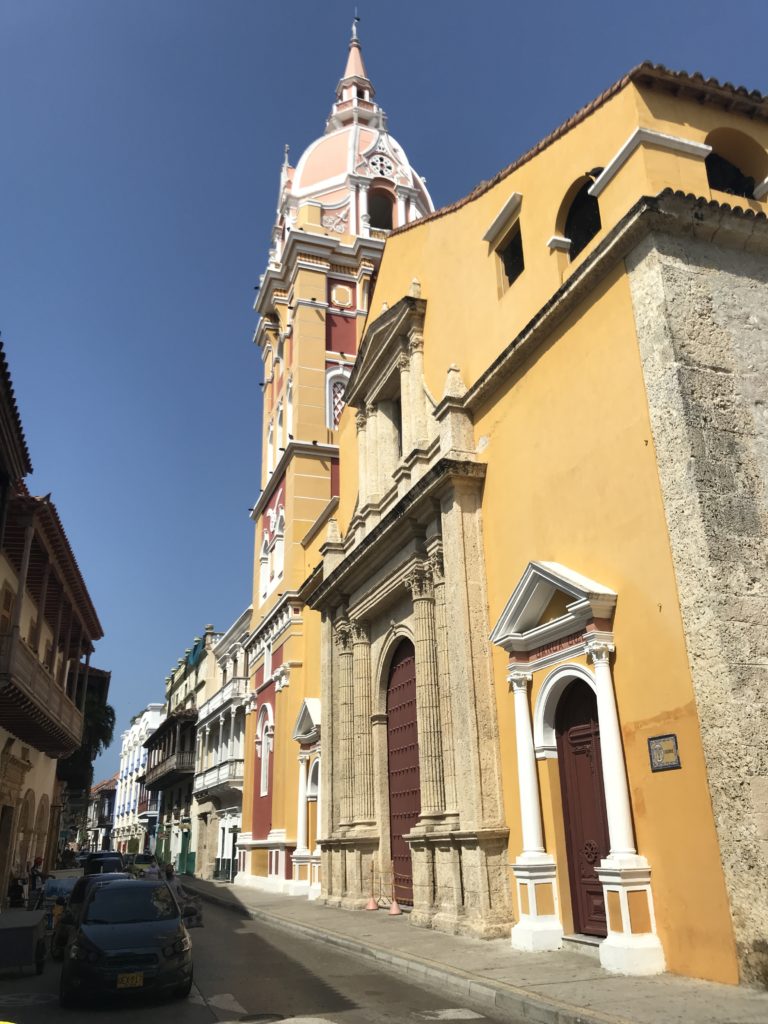
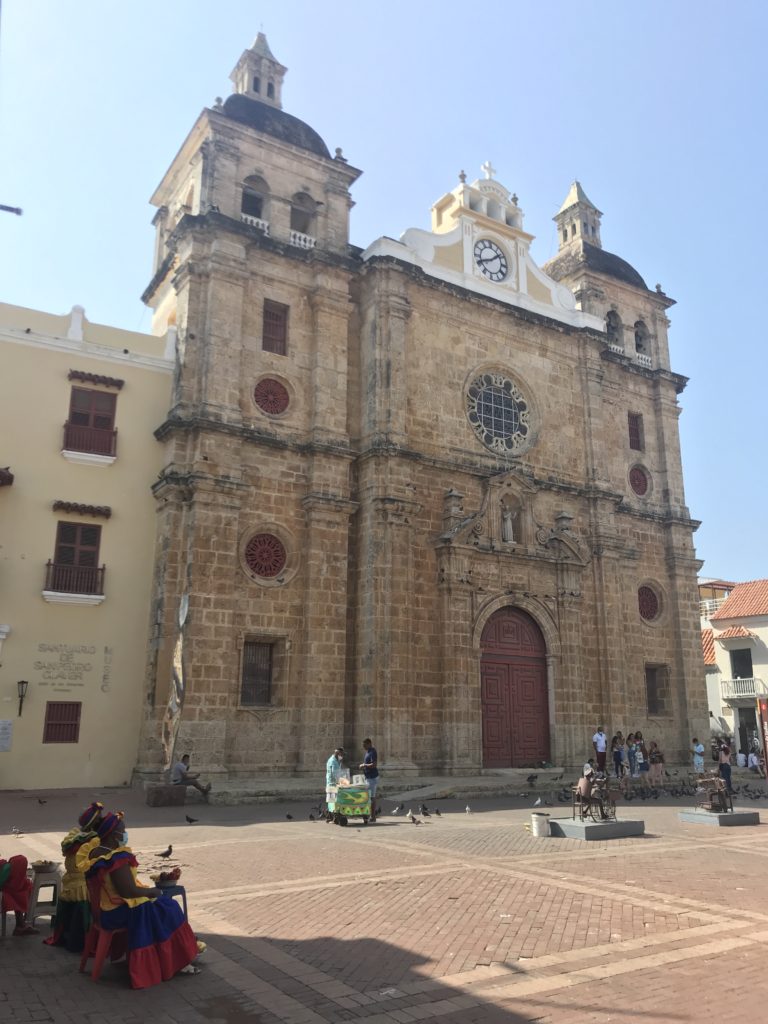
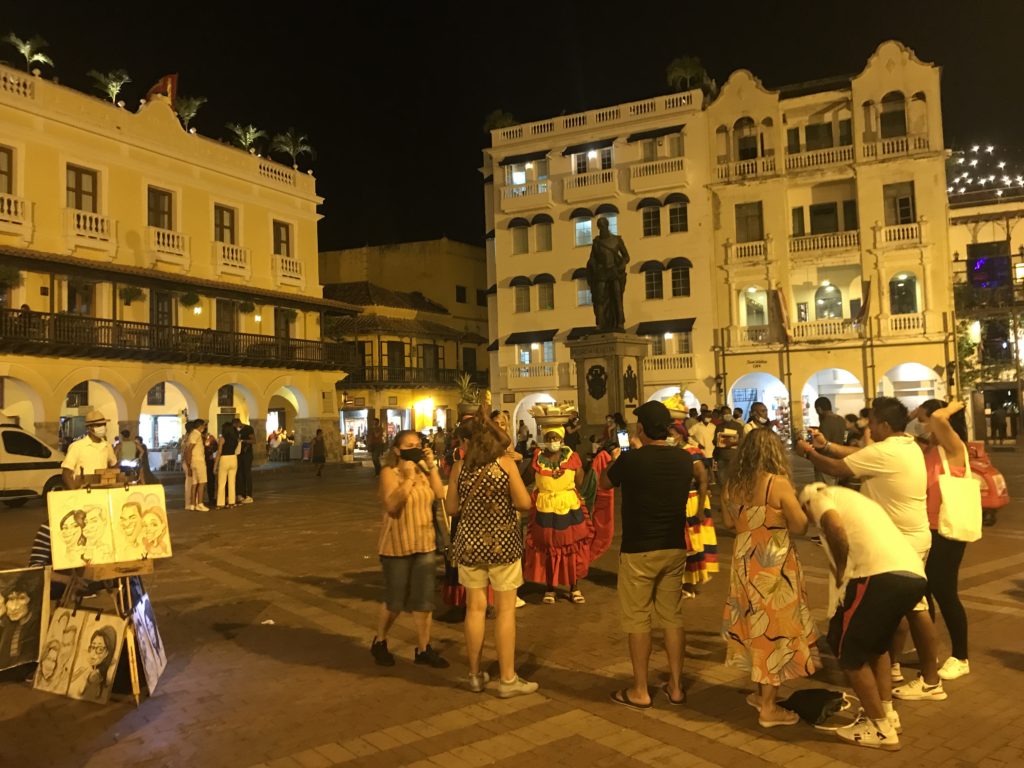
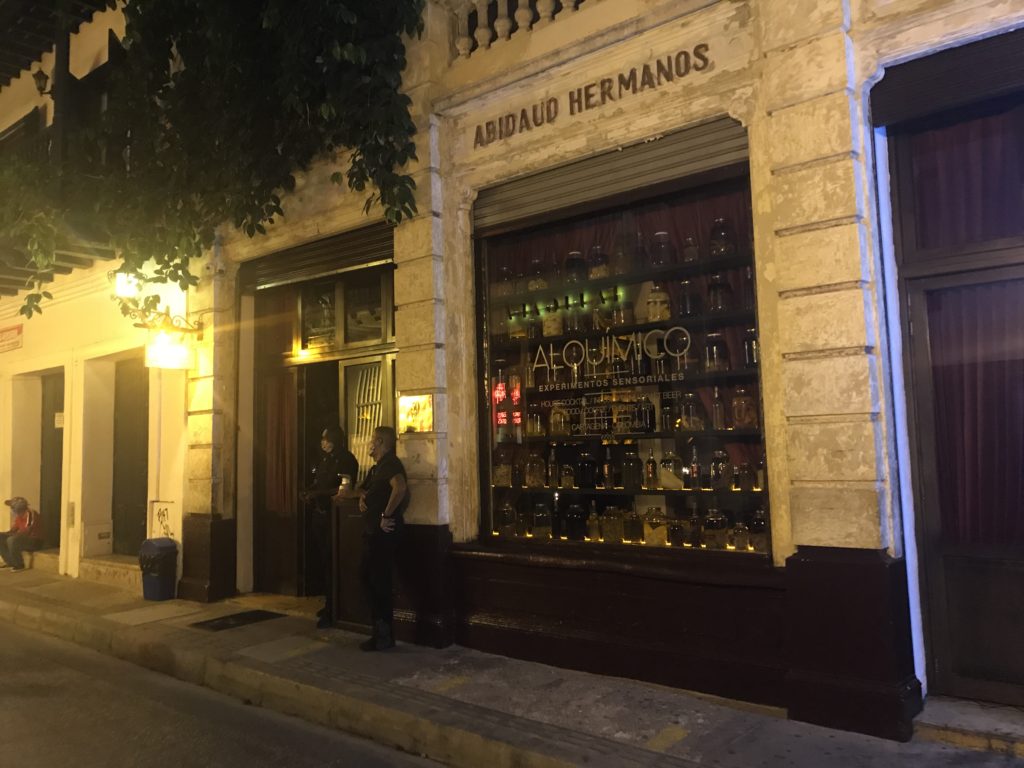
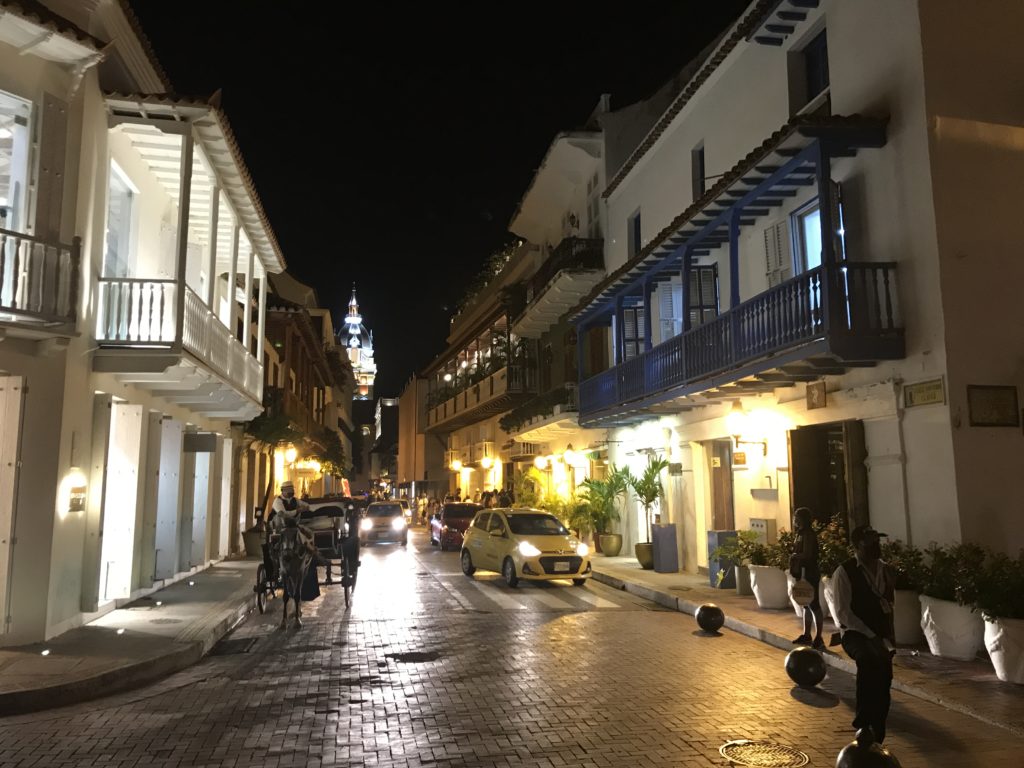
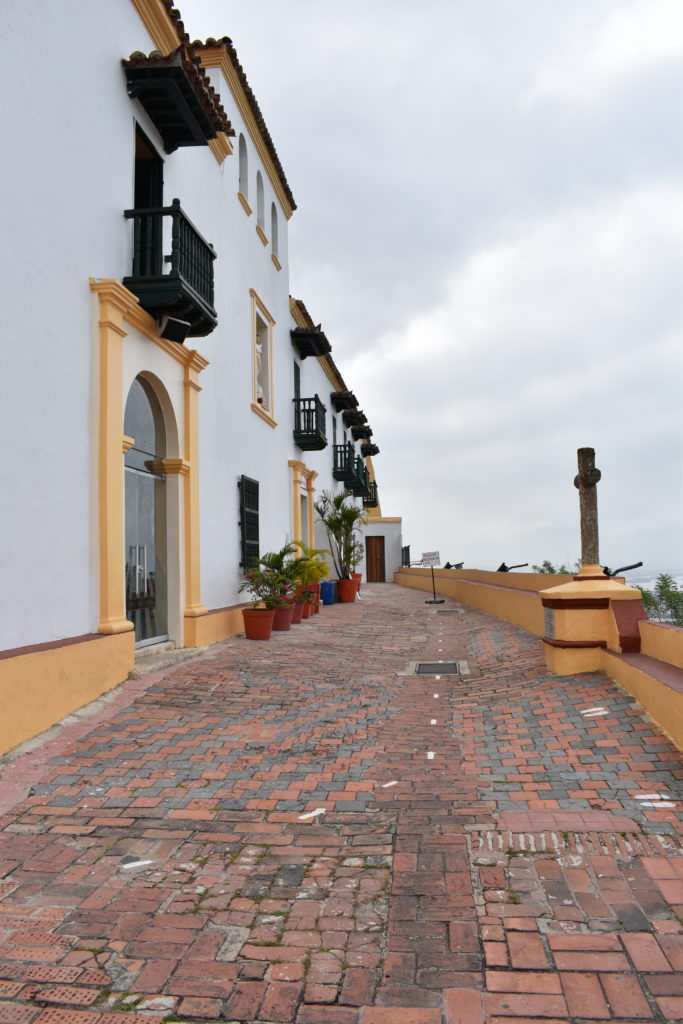
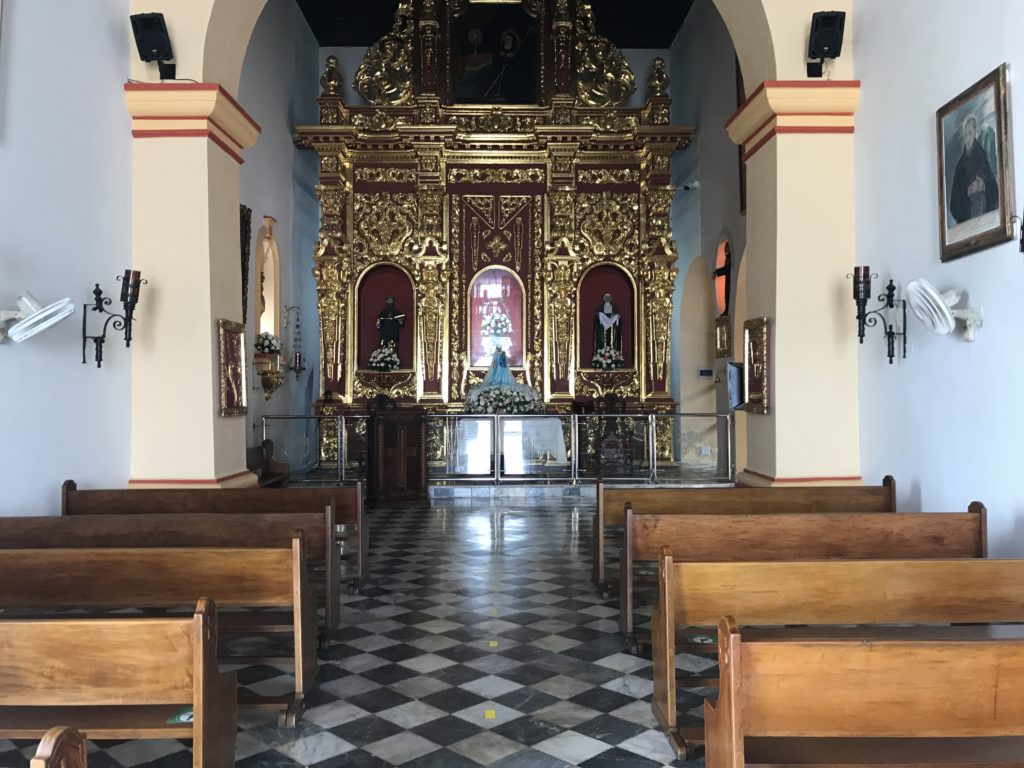
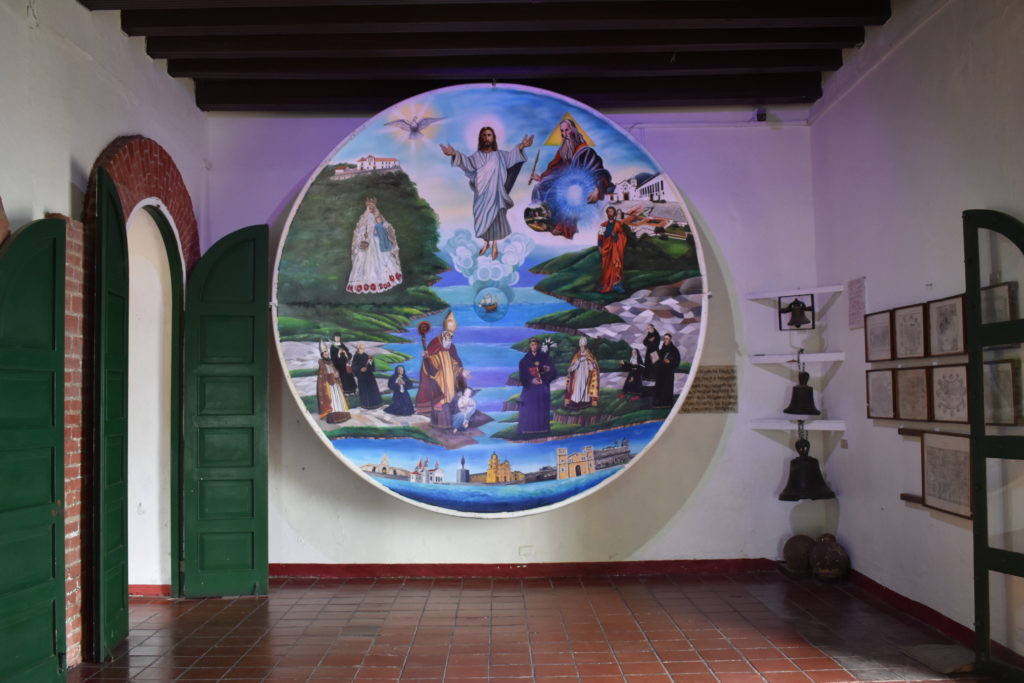
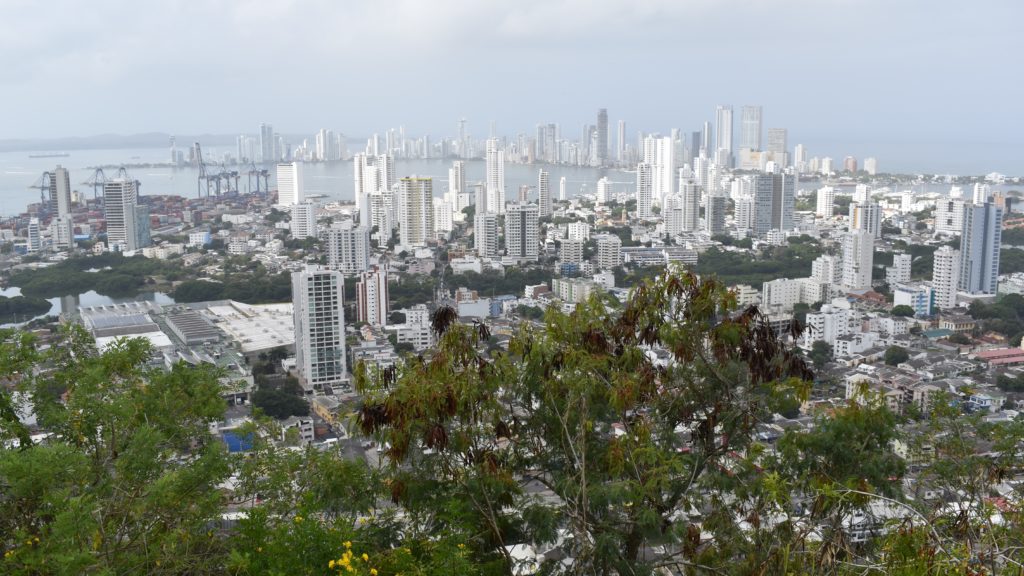
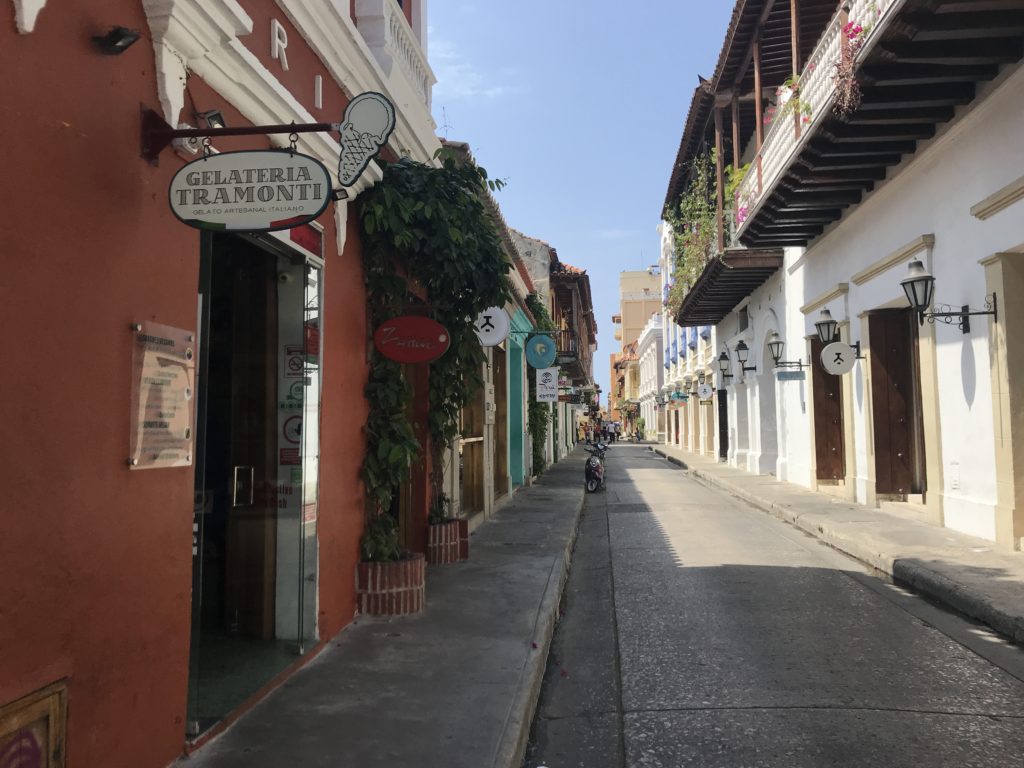
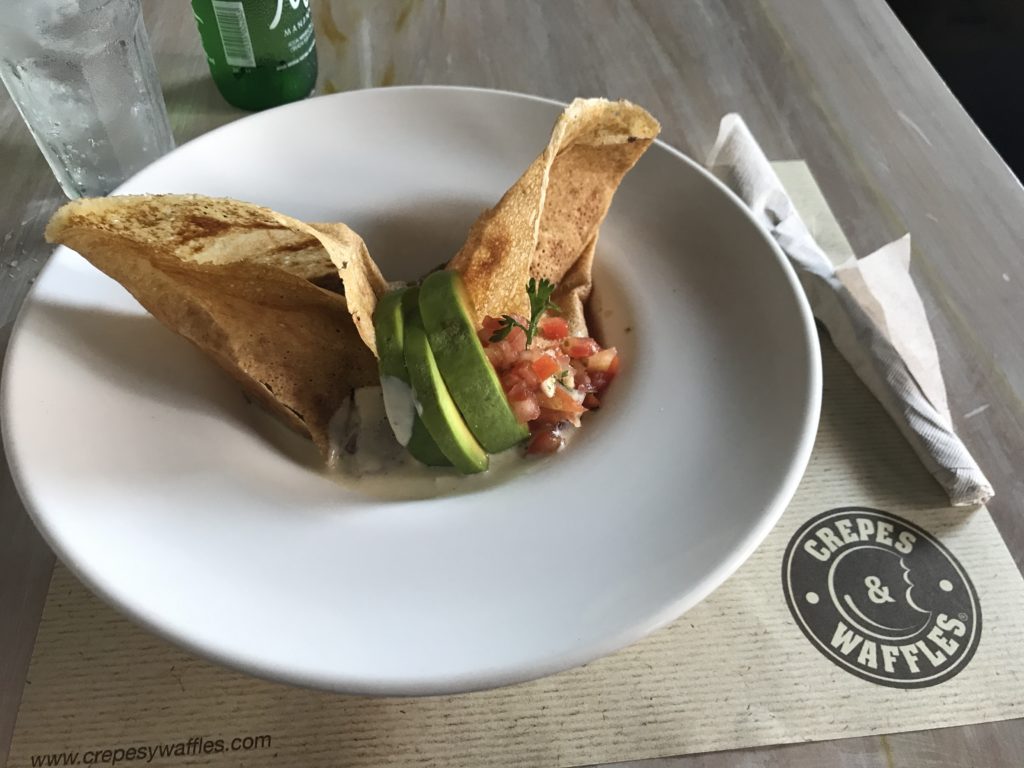
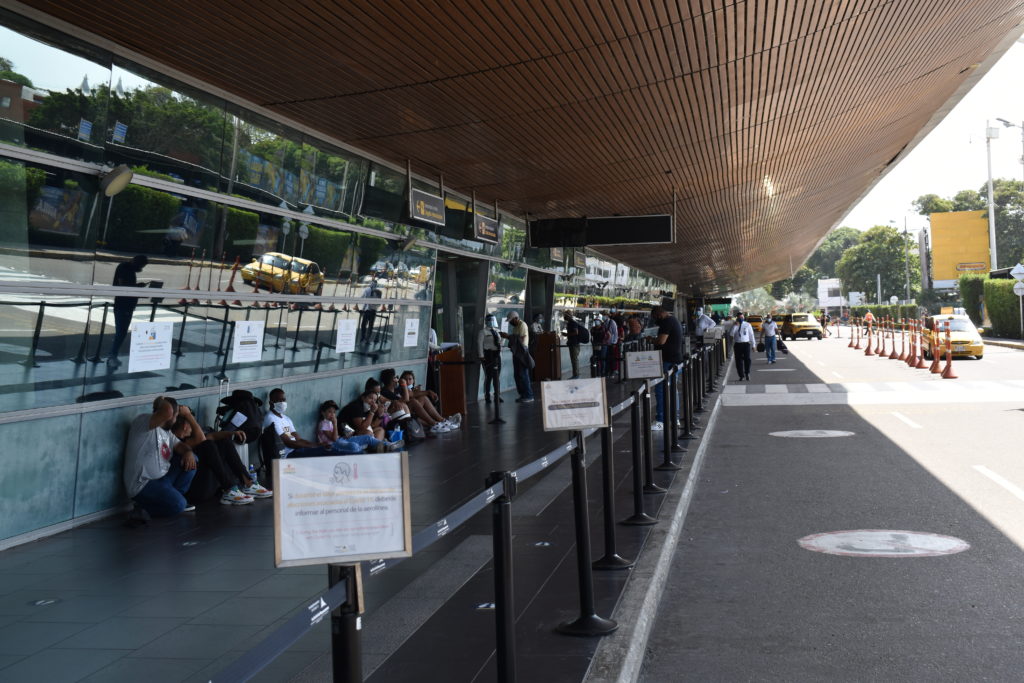

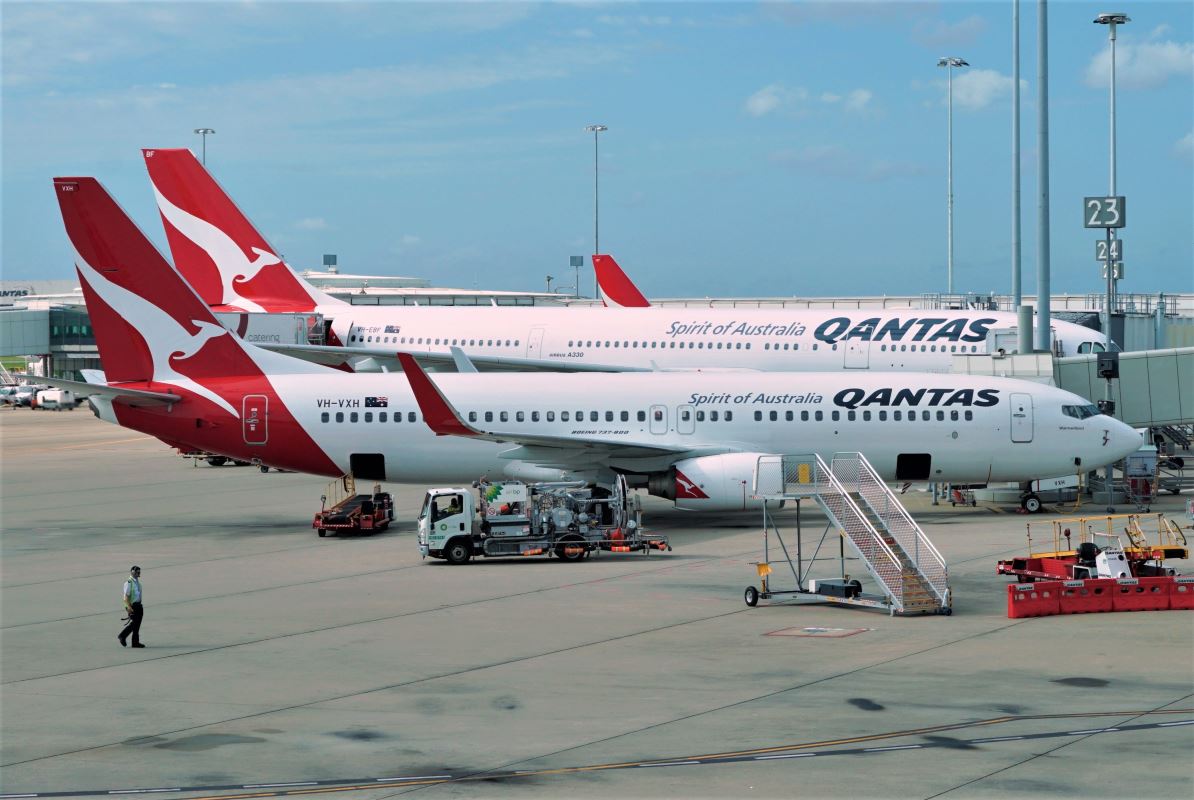
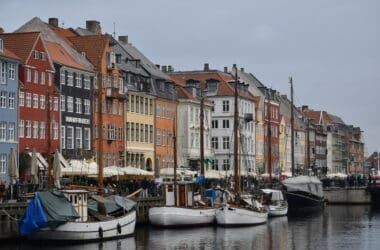

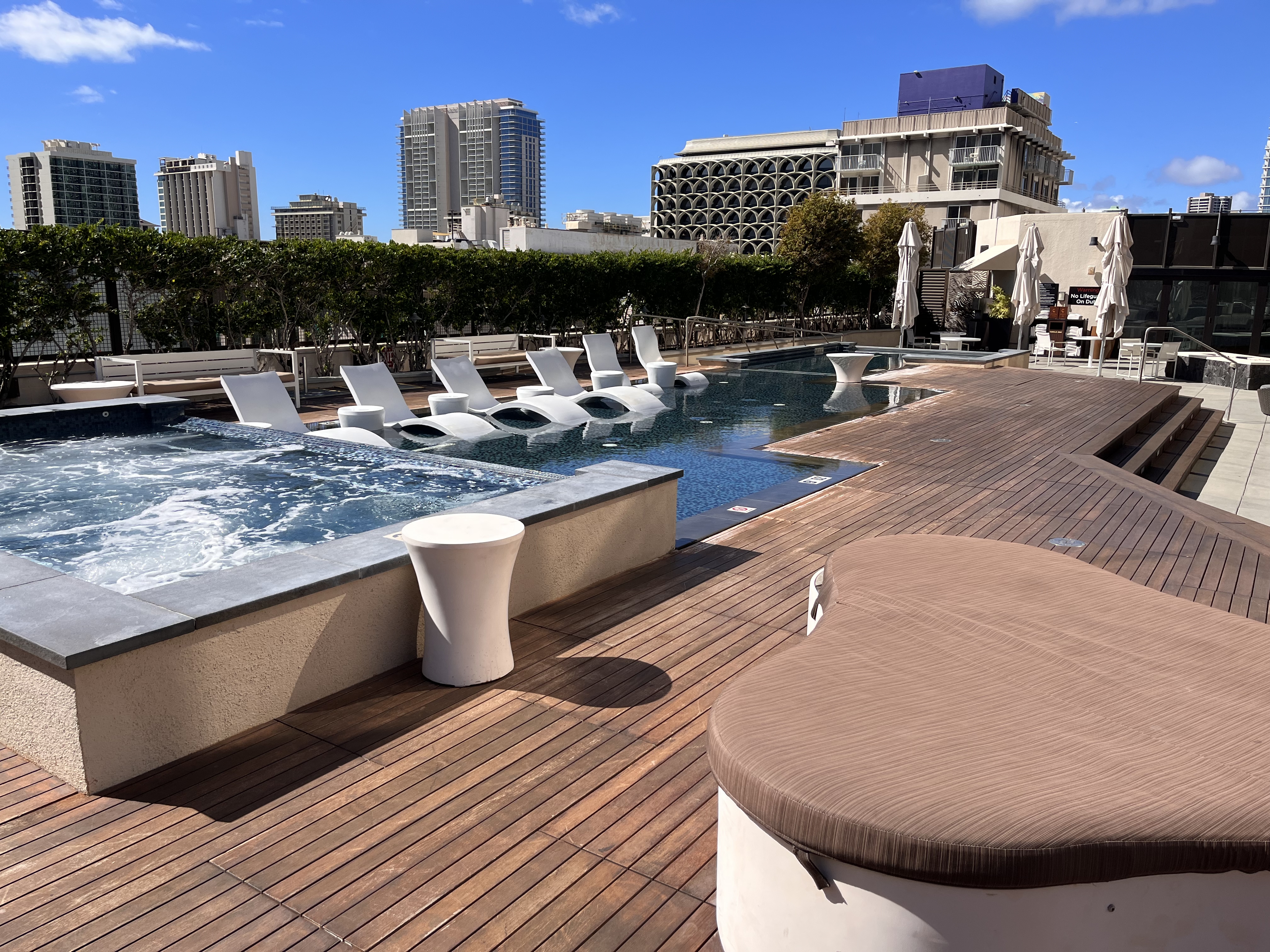
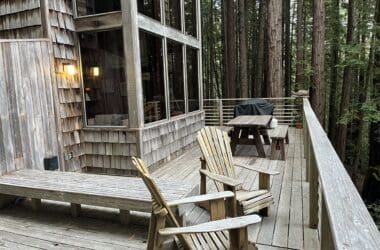
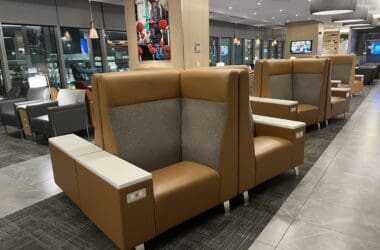
This is one of the best reviews I’ve read on Colombia. And the pics were fantastic. What I don’t like are those pesky street vendors….almost like a hoard of mosquito’s…that would sour the vacation quite a bit with my family. That is too bad as all the descriptions of the scenery and building and such ware amazing. Thanks for posting!
So glad you enjoyed it! Thanks for the kind comments. The street vendors were definitely the one big detraction from the experience. Everything else was fantastic.
Double points for the unexpected Spanish Inquisition reference.
You write quality and detailed reviews but one small criticism (if criticism it is) is that due to your fluent and unaccented Spanish, you avoid many of the problems that less fluent readers like myself are likely to encounter. Frankly I’m not sure anything can be done about this but maybe something to bear in mind. Please don’t take this as any sort of personal attack and keep up the good work.
Yes!! So glad *someone* caught it.
It is true…I take travel to Spanish-speaking countries for granted since there really isn’t a language barrier. I try to at least highlight that.
A great read, nice one! I’ve been dying to visit Colombia for years, especially Cartagena, so it looks like I’ll have to get on with it as soon as we can travel again. Thanks for this, been waiting for it 🙂
Go for it!! They’re open enough, even now. I guess you might have issues at the moment leaving, though? You’re in the UK, correct?
I’m in Ireland no, no leaving at the moment I’m afraid 🙂